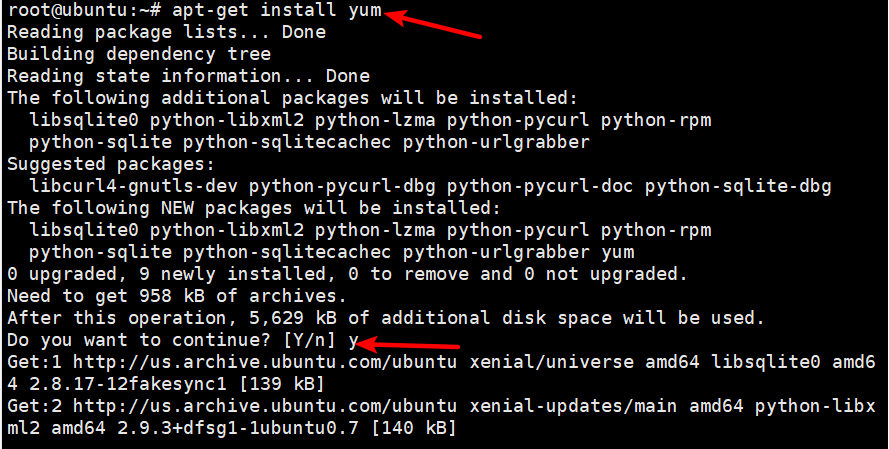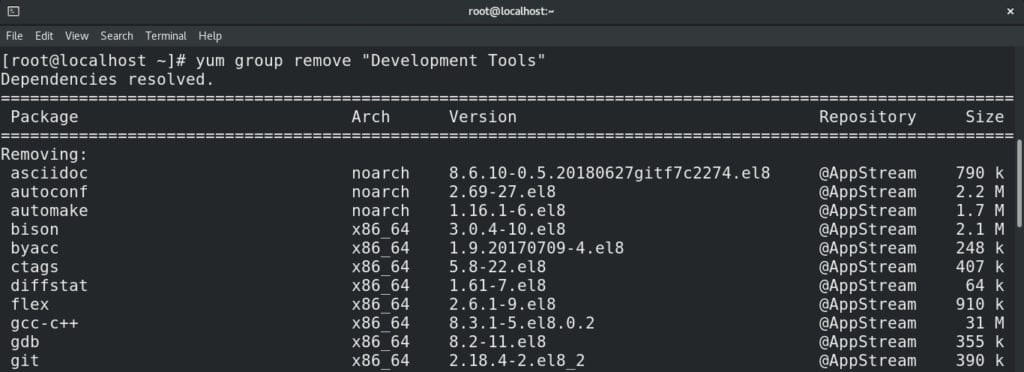


In Debian and systems based on it, like Ubuntu, Linux Mint, and Raspbian, the package format is the. While their functionality and benefits are broadly similar, packaging formats and tools vary by platform: Packages also contain valuable metadata, including their dependencies, a list of other packages required to install and run them. A package file is usually an archive which contains compiled applications and other resources used by the software, along with installation scripts.

Most package systems are built around collections of package files. Package Management Systems: A Brief Overview This guide is intended as a quick reference for the fundamentals of finding, installing, and upgrading packages on a variety of distributions, and should help you translate that knowledge between systems. Nevertheless, package management is a vital skill for system administrators and developers, and the wealth of packaged software for major distributions is a tremendous resource. Packages in the stable release of a distribution may be out of date, especially where new or rapidly-changing software is concerned. When configuring servers or development environments, it’s often necessary to look beyond official repositories. Package repositories help to ensure that code has been vetted for use on your system, and that the installed versions of software have been approved by developers and package maintainers. It also provides tools for upgrading already-installed packages. Packages provide the core components of an operating system, along with shared libraries, applications, services, and documentation.Ī package management system does much more than one-time installation of software. Working with packages is known as package management. Software is usually distributed in the form of packages, kept in repositories. Most modern Unix-like operating systems offer a centralized mechanism for finding and installing software.


 0 kommentar(er)
0 kommentar(er)
